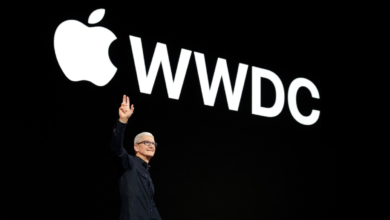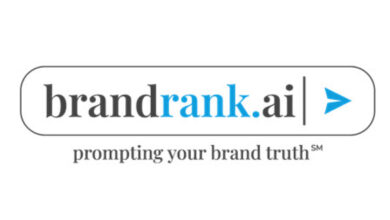Gen AI: Google’s Not-so-Secret Weapon in the Battle for Search Engine Dominance
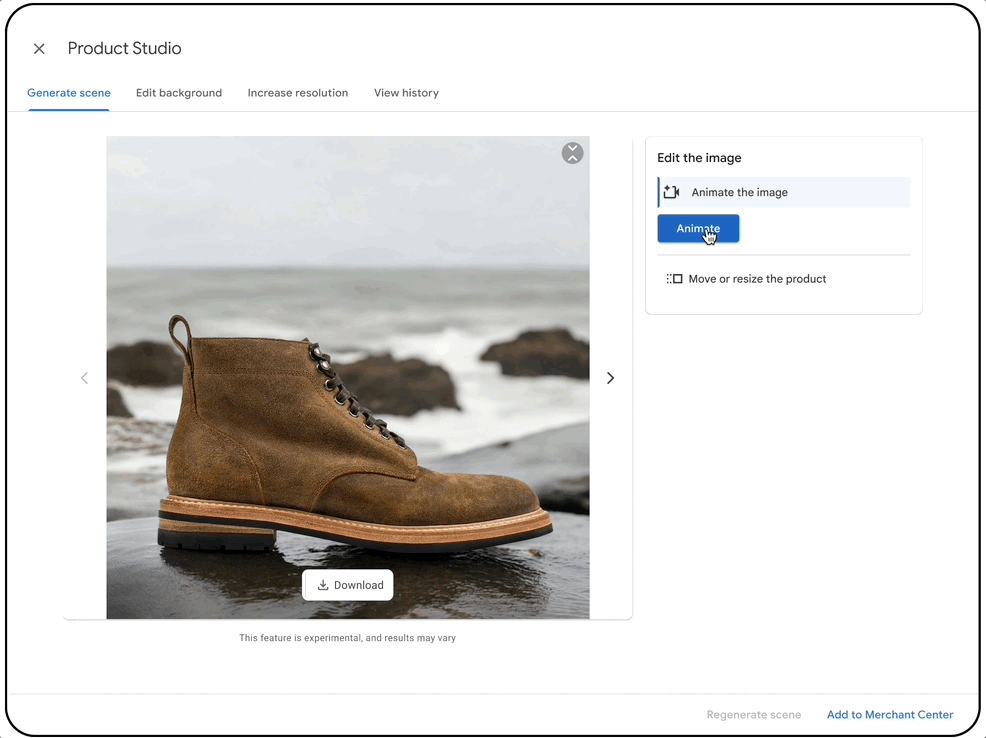
Last week Google announced a sweeping slate of product updates across its search, shopping and marketing interfaces at Google Marketing Live (GML), which followed an equally expansive set of updates from the Google I/O conference for developers the previous week. Chief among the dozens of new tools announced across both events was a roster of enhancements to the company’s core product, Google Search.
These updates come at a time when Google is experiencing the biggest threat to its dominance in search since it overtook Yahoo! as the world’s favorite information engine in the late ’90s. The problems started with Amazon, which has been stealing share of shopping searches for several years now. But the latest threat comes in the form of social media, with 40% of younger consumers launching their information queries on platforms like Instagram and TikTok instead of Google, according to Google’s own data.
Google is no longer the world’s default search platform, and it’s no wonder this fact has raised Google’s competitive hackles, since as go users, so go advertisers. In fact, last year search-based channels saw a 7% decline in pay-per-click advertising spend, while spend on social channels increased 3%, according to research from DataFeedWatch.
“The most impressive growth can be seen with TikTok, but most large social channels have increased their advertising shares at the expense of the search channels like Google or Bing,” said Jacques van der Wilt, General Manager of Feed Marketing at DataFeedWatch in a statement.
A Search Salvo with Gen AI Ammo
Google isn’t taking this lying down, however, and generative AI is key to how it’s fighting back.
“Google is committed to being the essential place for shoppers and for merchants to find those instant connections and to really help merchants drive a more successful and profitable business,” said Kristen O’Hara, VP of Agency, Platforms and Client Solutions at Google during a GML press briefing.
Back when Amazon was the biggest threat, Google tackled the problem by putting its energy into the shopping experience. But while the announcements from the last couple weeks make it clear that merchants are still a key focus of platform improvements, particularly when it comes to advertising capabilities, Google’s latest changes impact not just shoppers and sellers but all users.
If you’ve used Google recently, you’ll have seen those changes for yourself. Now, for most queries, users will get an AI-generated contextual text answer rather than immediately seeing a list of links, an experience called AI Overview. Google debuted it at last year’s I/O conference under the decidedly clunky name Search Generative Experience, and has been testing it for the past year through its opt-in Search Labs program. Now, in addition rebranding, AI Overview has been rolled out for all users across the U.S., with more countries to be added soon.
“Human curiosity is limitless — every day we see billions of searches, and every day 15% of search queries are completely new; we’ve never seen them before,” said Philipp Schindler, SVP and Chief Business Officer at Google during the GML keynote. “What’s even more extraordinary is this number has held steady for more than a decade. But how people satisfy their curiosity is constantly evolving, and so is search.
“Larry Page once said that the perfect search engine should understand exactly what you mean and give you back exactly what you need,” Schindler added. “For 25 years, that’s exactly what we have focused on, but this work is never truly done, and we love that. The reason we began deeply investing in AI many, many years ago is because we saw the opportunity to make search better. And now with our new Gemini model, customized for Google search, the Google search that you love will do more for you than you ever imagined.”
AI Overviews offer a quick text synopsis of the topic from a number of online sources, with links to those sources below the overview. According to Schindler, the company already has served AI Overview responses to queries billions of times since it began testing, and “we found that people who use AI Overviews actually use search more and are more satisfied with their results.” He also said that the click-throughs from AI Overviews are higher quality, with users more likely to spend more time on the sites they link to.
Searching Beyond Words
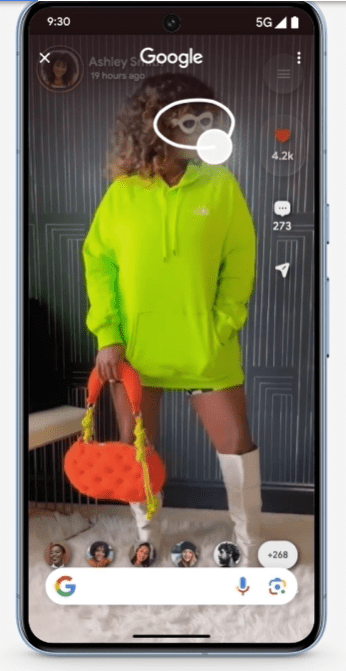

In addition to AI-generated text responses, Google also is enhancing the engine’s visual search capabilities. Visual search with images has been available for some time, wherein a user can upload an image rather than type in keywords to find details about the pictured item as well as similar products. “Four out of five consumers say they find it helpful if AI allows them to search for things that are difficult to describe,” said Schindler. “We’ve been seeing 12 billion visual searches a month using Lens, and one in every four visual search queries using Google Lens has commercial intent.”
Soon, users will be able to do the same with videos through the new Circle to Search feature, which will allow users to circle an item they’re interested in within video content across the web in order to get more information.
“This product, by the way, was inspired by user behavior,” said Schindler. “We had been seeing a lot of users, especially Gen Z, grabbing screenshots from YouTube and other social platforms and uploading them onto Lens. Now people can do this effortlessly.”
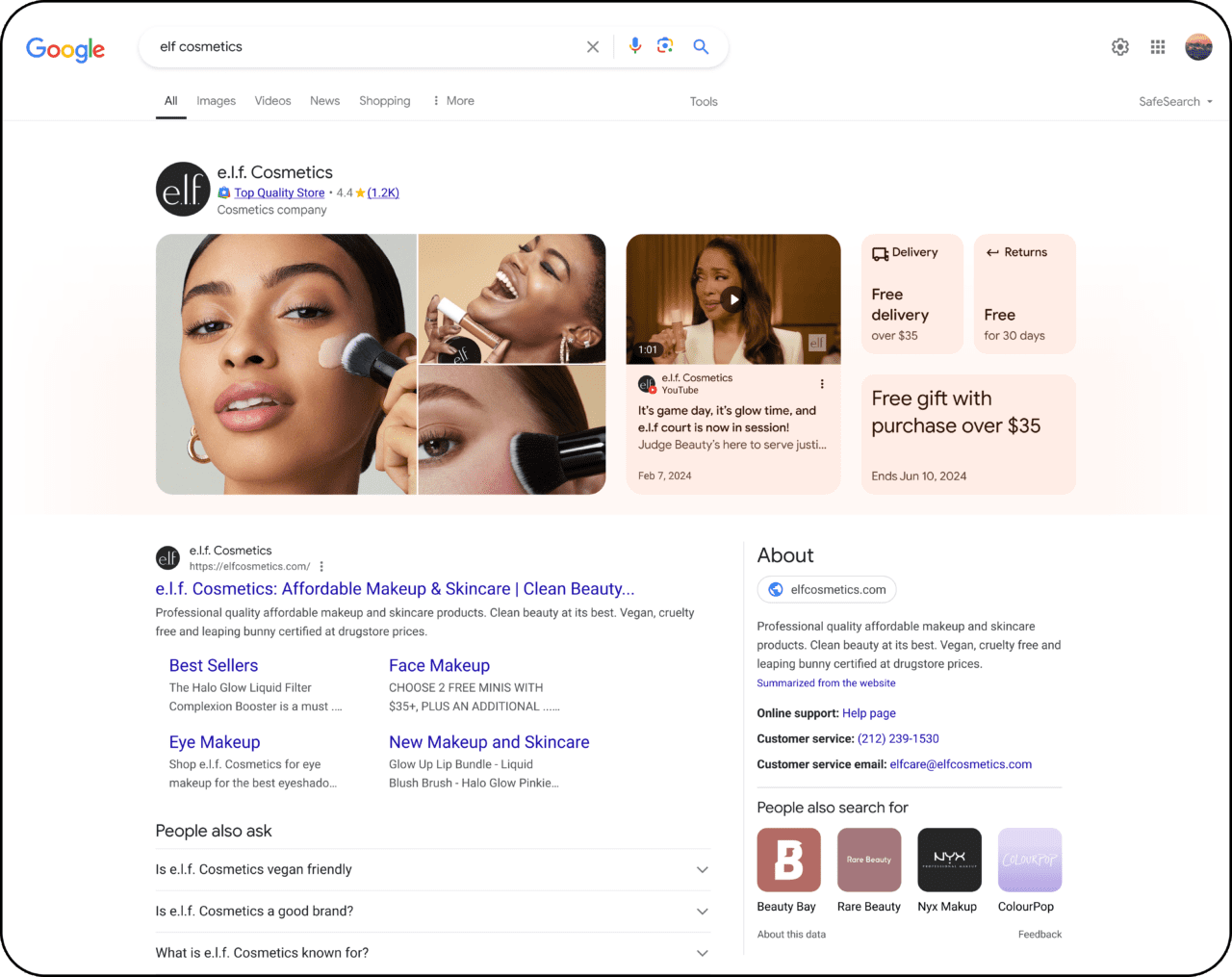

When queries of any kind lead to brand profiles, those profiles will now also be more visual. Jeff Harrell, Senior Director of Shopping at Google, said that 40% of shopping queries on Google are related to a specific brand or retailer, and users will now see “richer results” for those brand-specific queries.
Similar to what Google has done for local businesses in Search and Maps, these brand profiles will feature brand imagery and videos as well as information “that we know shoppers are looking for,” said Harrell, such as shipping and returns policies, current deals and promotions and product reviews. The new brand profiles are set to roll out in Search globally over the coming months.
Gen AI Will Unlock New Opportunities in Advertising
“Ads have always been an important part of consumers’ information journeys,” touted Google in a GML press release, but as Vidhya Srinivasan, Google’s VP and General Manager of Advertising pointed out at the event, ensuring those ads are relevant to each query is incredibly complicated.
“Think about what goes into understanding the intent behind millions of queries every second, then evaluating tens of millions of potential ads and choosing the absolute best one for [each user],” said Srinivasan. “And all this happens in the blink of an eye. We are talking millisecond-long latencies here — as an engineer, I find it astonishing, beautiful really. But to show that perfect ad on every surface [a.k.a. device] is super, super hard. We just don’t have all the combinations ahead of time, and that’s where generative AI will unlock enormous new opportunities.”
As one would expect, ads will be an integral part of the AI Overview experience, appearing both above and below the AI-generated overview in a section labeled as “sponsored” and featuring products that are relevant to both the query and the information in the AI Overview. Rachel Ruth Melgaard, Director of Global Search Ads at Google, said at the press briefing that in initial testing, the company found that “people find these ads really helpful, and advertisers have been finding these ads effective.”
As an example, she pointed to a search for how to get wrinkles out of clothes without an iron. The AI Overview came back with a list of potential methods including hair dryers, damp towels and wrinkle-release sprays. Below the response was a carousel of product ads featuring a range of different wrinkle-release sprays.
Scaling the Creation of Ad Creative
With all the various platforms and devices consumers now regularly use, Srinivasan said that the world was undergoing an “evolution in user attention.” That’s created exponential increases in the competition brands face to appear in front of consumers with the right ad, in the right place at the right time. The result is that “two out of every three consumers say making the right purchase decision requires more effort than ever before,” she added.
Google sees its role as a matchmaker between customers and advertisers, and a large part of that process involves content. “Being relevant and helpful continues to make content stand out,” said Srinivasan. “You have to have the messages and the creative assets that capture their attention and help them build the confidence needed to make the choices. This is where we want to help you — we’ve always been a matchmaker. At our core, we connect consumers with businesses and when we get this right, this matchmaking just feels like magic.”
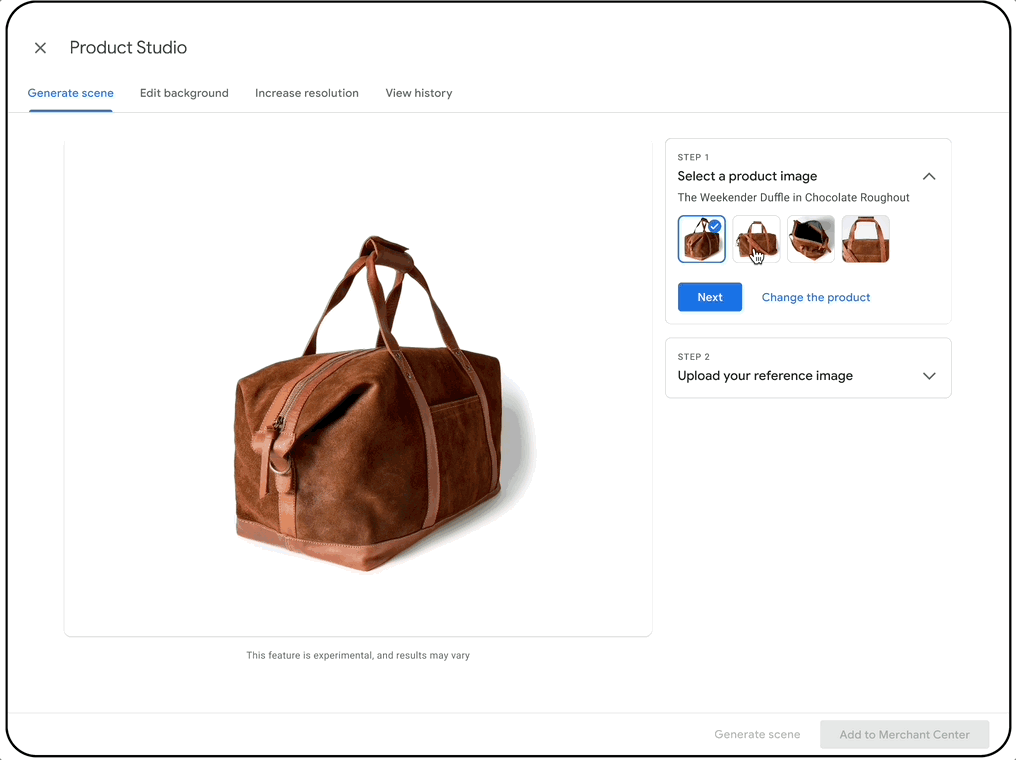

One of the ways Google is helping advertisers create that magic is by making it easier for them to create the countless ad variations needed in today’s fragmented marketplace. Google already has released a number of gen AI tools to help merchants remove backgrounds, or generate them, in order to easily update existing imagery. (Meta and TikTok also have released similar tools to help their advertisers do the same.)
“Google has a long history of connecting consumers and brands,” said O’Hara. “Predictive AI has actually been part of the Google AI ads product for over a decade, and it’s helped us make those connections. But with generative AI, what we’re seeing is immense opportunity to actually advance on the creative side and really make creative at scale.”
Another way Google is doing this is with enhancements to its Product Studio suite of tools for merchants. Now, merchants can generate new backgrounds for product images by uploading a reference image that represents the desired aesthetic. Additionally, merchants will be able to animate their existing product images with just a click, turning stills into six-second videos. Also coming to ads is the ability to include virtual try-on (VTO) capabilities and 3D product models — both tools that Google rolled out last year for non-promoted shopping listings in specific product categories (clothing tops for VTO and shoes for 3D spins).


“We’re unlocking these AI tools for our merchants to not just upload their products, but actually to engage and build experiences that users find valuable,” Harrell said. “Videos are very engaging; we see this across the board, so we want to bring these capabilities to users wherever we can. We’re also making it so that merchants can bring video content into their ads as well for any commentary, short-form video about products, reviews, feedback, etcetera.”
It’s hard not to see all this focus on video, visuals and consumer engagement as a response to the threat of TikTok, with Google’s leadership position in the development of AI as its most powerful weapon.
“Hopefully all of you sense the significant commitment all of our product teams are making to put Google AI into our suite of ad products,” said O’Hara. “We really believe that the investments we’re making today will put Google at the forefront of this AI paradigm shift. We’re also really excited about how we’re connecting marketers and merchants with consumers in new ways that are going to help drive better performance for their business and also enhance profitability.”
